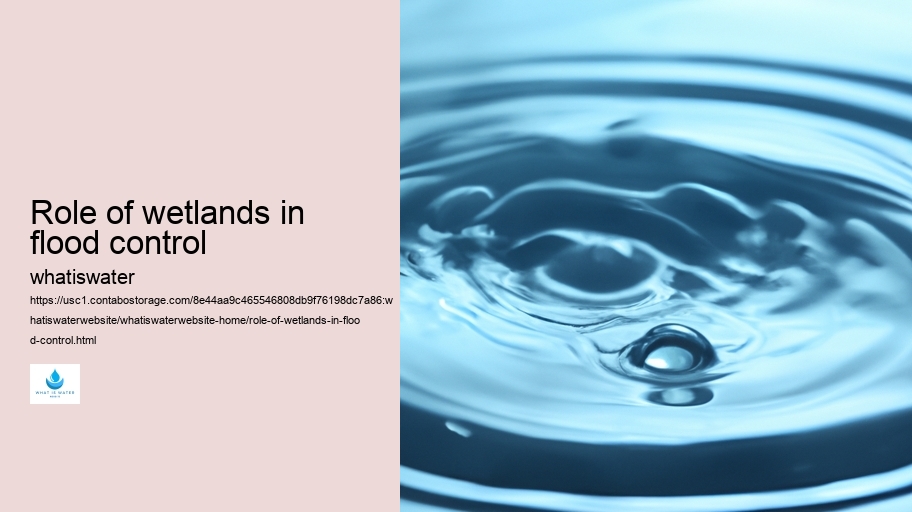Let's consider the hydrological dynamics of wetlands. Water Footprint During heavy rainfalls or snowmelts, wetlands act like a sponge by absorbing excess water. Hydrogeology The dense vegetation slows down the flow of water, allowing sediments to settle and decreasing erosion. Consequently, when waters reach downstream areas—where towns and cities might be located—they arrive with a significantly reduced force, thereby diminishing potential damage.
Moreover, wetlands gradually release stored waters back into waterways or groundwater systems. This controlled release helps maintain river levels during dry periods and replenishes aquifers that many communities rely on for drinking water. Without these natural buffers, periods of drought would be more acute and devastating.
Yet despite their vital role in flood mitigation, wetlands continue to face threats from human activities such as land development for agriculture or urban expansion which results in their drainage or filling in.
Role of wetlands in flood control - Sustainable Water Use
- Hydrogeology
- Surface Water
- Glaciers and Ice Caps
- Water Footprint
- Water Conservation
- Wastewater Treatment
Role of wetlands in flood control - Hydrogeology
- Water Quality
- Hydration and Health
- Hydrogeology
- Surface Water
- Glaciers and Ice Caps
- Water Footprint
Protecting existing wetlands and restoring degraded ones is thus crucial for effective flood management strategies. Surface Water Conservation policies need to recognize the value of these ecosystems and integrate them into holistic water management plans that combine grey infrastructure (like dams and levees) with green infrastructure (such as wetlands).
In conclusion, recognizing the critical function of wetlands in managing floods is imperative for sustainable environmental stewardship. Their ability to store large volumes of water during storm events protects downstream communities from flooding while supporting biodiversity and ecological resilience. As climate change heightens weather extremes including severe storms and prolonged droughts—the need for preserving these natural defenses becomes not just beneficial but essential.
 Water Quality
Water Quality
